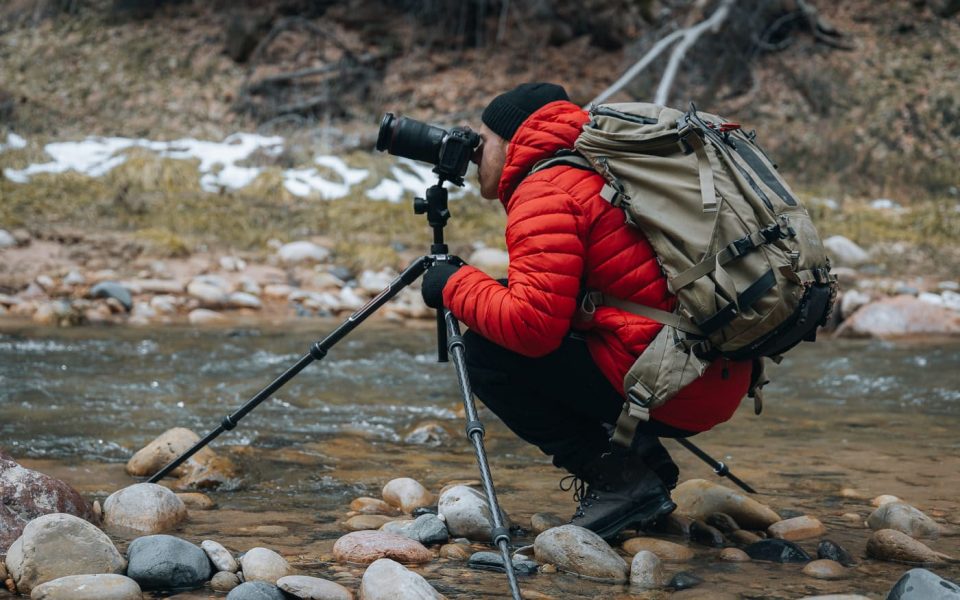Step onto the trail, where every bend reveals a breathtaking vista, where the air is crisp and the scent of adventure lingers. As a hiking enthusiast, you know the magic of exploring nature’s untouched realms. But what if you could capture that magic forever? Welcome to ‘Capturing the Beauty: Photography Tips for Hiking Enthusiasts,’ where we unlock the secrets to immortalizing those awe-inspiring landscapes and precious moments. Get ready to elevate your hiking experience to new heights as we dive into essential photography tips, revealing how to wield your camera like a brush, painting with light and nature as your canvas. Let’s embark on this visual journey together and unleash your inner artist amidst nature’s grandeur!
1. Choosing the Right Gear
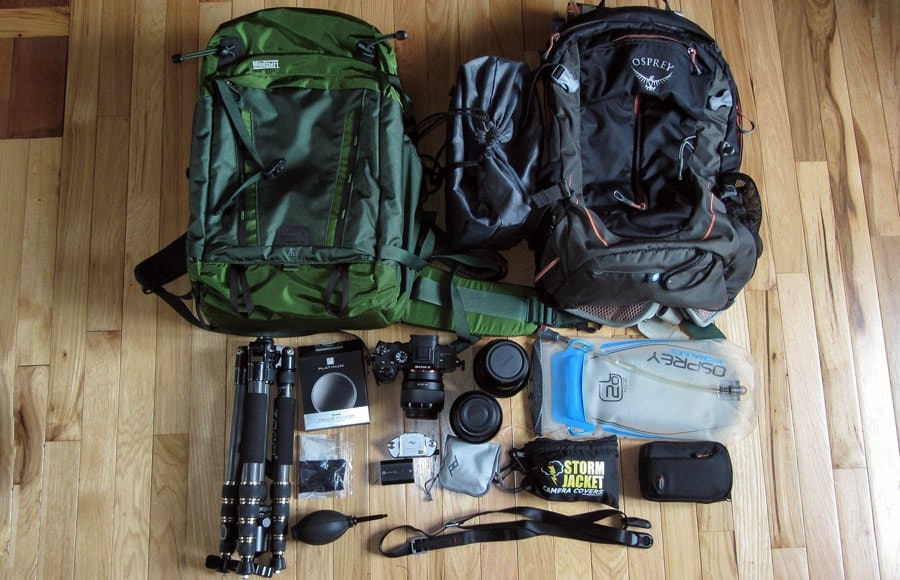
When it comes to capturing stunning photographs while hiking, choosing the right gear is essential. The first step is selecting a camera that suits your needs and preferences. There are various options available, each with its own advantages. For those seeking professional-level image quality and control, a Digital Single Lens Reflex (DSLR) camera is an excellent choice. DSLRs offer interchangeable lenses, allowing you to adapt to different situations and capture a wide range of perspectives. If you prefer a more compact and lightweight option without compromising image quality, consider a mirrorless camera. These cameras offer the advantage of electronic viewfinders and often boast advanced features and excellent image sensors. Alternatively, if you prioritize portability and convenience, a compact camera or even a high-quality smartphone can still deliver impressive results. Ultimately, the choice depends on your preferences, budget, and the level of control you desire.
There are a few essential accessories that every hiking photographer should consider. First and foremost, having spare batteries and memory cards is crucial, especially when embarking on longer hikes or multi-day trips. Running out of power or storage space can be frustrating and can hinder your ability to capture those perfect shots. It’s also worth investing in a sturdy tripod, which can be invaluable for capturing sharp images in low-light conditions or when using longer shutter speeds. Additionally, consider carrying lens filters, such as polarizers and neutral density filters, which can enhance your images by reducing glare, increasing color saturation, or allowing for longer exposures. These accessories, combined with the right camera, will provide you with the foundation to capture stunning photographs during your hiking adventures.
2. Understanding Light and Composition
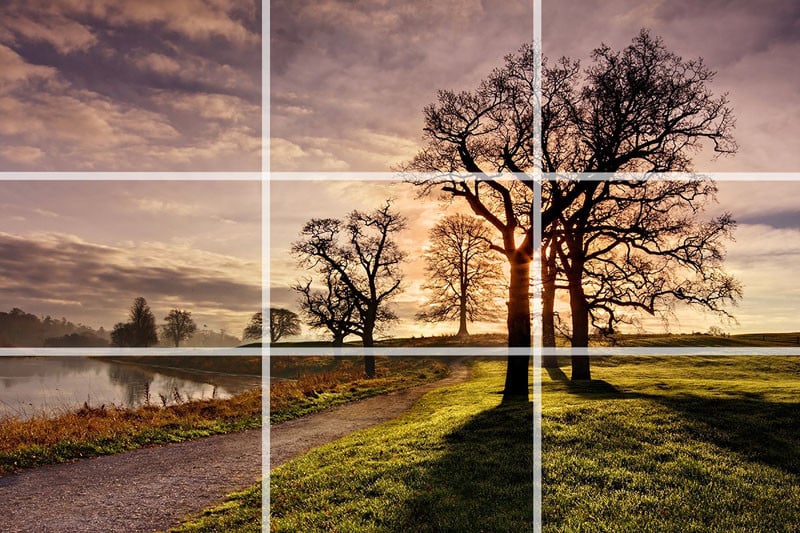
Understanding light and composition is key to capturing truly remarkable photographs while hiking. The first aspect to consider is the role of natural light. Take note of the different qualities of light throughout the day and plan your hikes accordingly. The golden hour, which occurs during the first and last hours of sunlight, offers a warm and soft glow that can add a magical touch to your photos. Avoiding the harsh midday sun, when the light is direct and overhead, can help prevent harsh shadows and washed-out colors. Instead, seek diffused light on cloudy or overcast days, which creates a soft and even illumination, ideal for capturing subtle details and vibrant colors in the landscape. By understanding and utilizing natural light effectively, you can elevate the mood and impact of your hiking photographs.
Composition plays a vital role in creating visually captivating images. One principle to keep in mind is the rule of thirds. Imagine dividing your frame into a grid of nine equal parts, and then position your main subject or points of interest along these lines or at the intersections. This technique adds balance and visual interest to your composition, drawing the viewer’s attention to the focal points. Additionally, consider incorporating leading lines into your photographs. These can be elements such as a winding trail, a flowing river, or the curves of a mountain range that guide the viewer’s eye into the frame and create a sense of depth. Furthermore, framing your subject with natural elements like overhanging branches or rock formations can add a sense of context and visual layers to your images. By understanding and applying these compositional techniques, you can create visually dynamic and engaging hiking photographs that truly capture the beauty of the natural world.
3. Capturing Landscapes
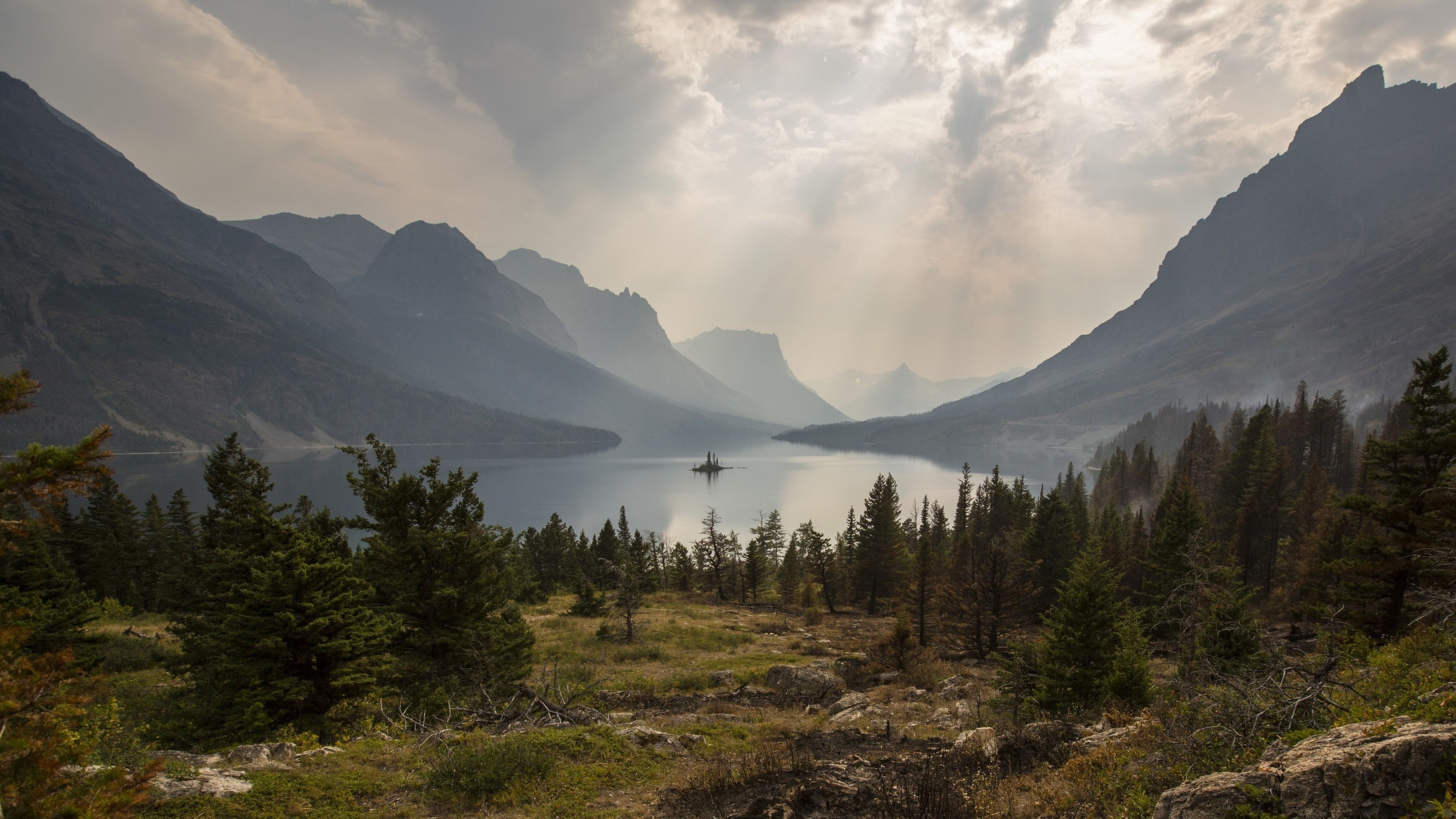
Capturing landscapes during your hiking adventures allows you to showcase the grandeur and beauty of nature. To capture stunning landscape photographs, it’s essential to research and choose the right locations in advance. Look for iconic viewpoints, hidden gems, or unique features that will make your images stand out. Consider factors such as the time of day, weather conditions, and seasonal changes that can dramatically affect the mood and appearance of the landscape. Planning your hikes around specific photographic opportunities will greatly increase your chances of capturing breathtaking images.
When it comes to camera settings for landscape photography, there are a few key considerations. Start by adjusting your aperture, aiming for a higher f-number (such as f/8 or higher) to achieve a deep depth of field. This ensures that both the foreground and background of your landscape are in sharp focus. Shutter speed is another crucial aspect to consider. In most cases, you’ll want to use a faster shutter speed to avoid any blur caused by camera shake or moving elements in the scene. However, in certain situations, you may intentionally want to use longer exposures to create effects like capturing the movement of water in a waterfall or creating smooth, silky textures in a flowing river. Experiment with different shutter speeds to achieve the desired effect. Lastly, keep an eye on your ISO setting. In well-lit landscapes, keeping the ISO low (such as ISO 100 or 200) helps maintain image quality with minimal noise. However, if you’re shooting in low-light conditions, you may need to increase the ISO to maintain proper exposure while being mindful of the noise levels.
Additionally, when capturing landscapes, don’t forget to pay attention to the foreground. Including an interesting and visually engaging foreground element adds depth and a sense of scale to your images. Look for rocks, flowers, leading lines, or any other element that can serve as an anchor or guide the viewer’s eye into the scene. This technique not only creates a more immersive experience but also adds a storytelling element to your photographs.
4. Wildlife Photography
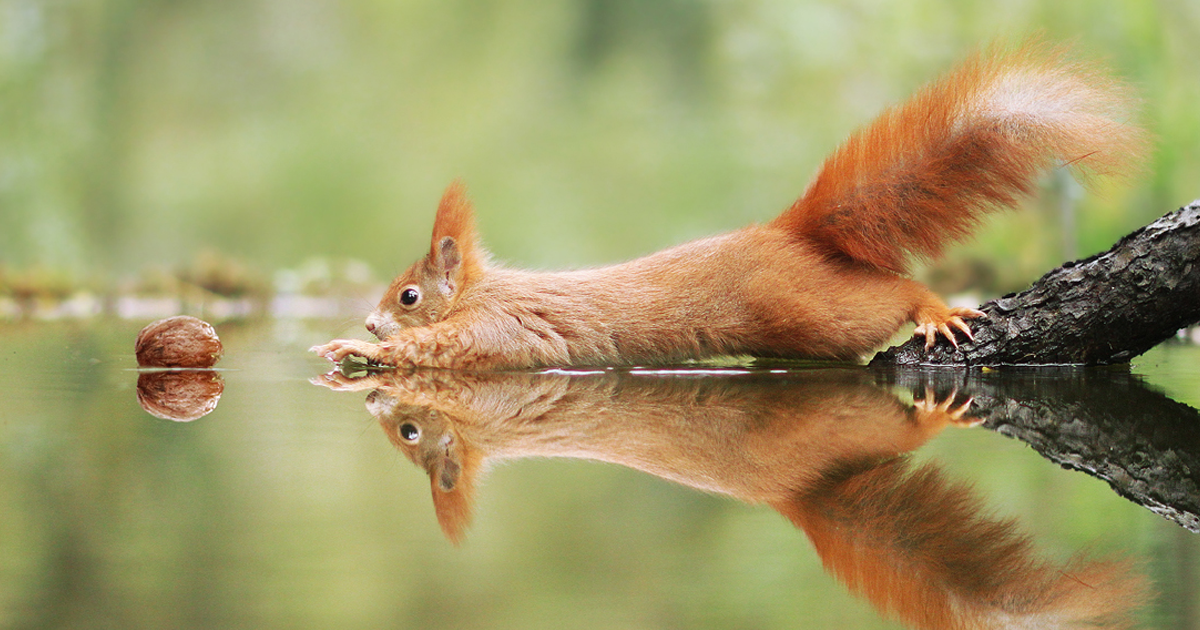
Wildlife photography during hiking expeditions allows you to capture the beauty and essence of animals in their natural habitats. When photographing wildlife, it’s crucial to prioritize the well-being and safety of the animals. Always maintain a safe distance and never disturb or approach them too closely. Respect their space and observe their behavior from afar, using telephoto lenses to capture close-up shots without intruding on their natural activities. By respecting wildlife and practicing ethical photography, you can create stunning images while ensuring the animals remain undisturbed.
Using telephoto lenses is essential in wildlife photography as it allows you to capture detailed and intimate shots while maintaining a safe distance. Invest in a quality telephoto lens with a focal length appropriate for wildlife photography. Longer focal lengths, such as 300mm or 400mm, enable you to bring distant subjects closer, emphasizing the fine details of feathers, fur, or textures. Additionally, telephoto lenses with image stabilization can help reduce camera shake and increase the chances of capturing sharp images, especially when shooting handheld in challenging conditions.
Patience and anticipation are key in wildlife photography. Observe the behavior of the animals and anticipate their movements to capture unique and compelling moments. Patience is often rewarded with incredible opportunities, whether it’s a bird taking flight, an animal interacting with its young, or a predator on the hunt. Be prepared to spend time observing and waiting for the perfect moment to press the shutter. Utilize burst mode or continuous shooting to capture a series of images, increasing the likelihood of capturing the perfect action shot. Remember, wildlife photography requires a deep appreciation for the animals and a willingness to wait for those magical moments that will result in stunning wildlife photographs during your hiking adventures.
5. Capturing People in Nature
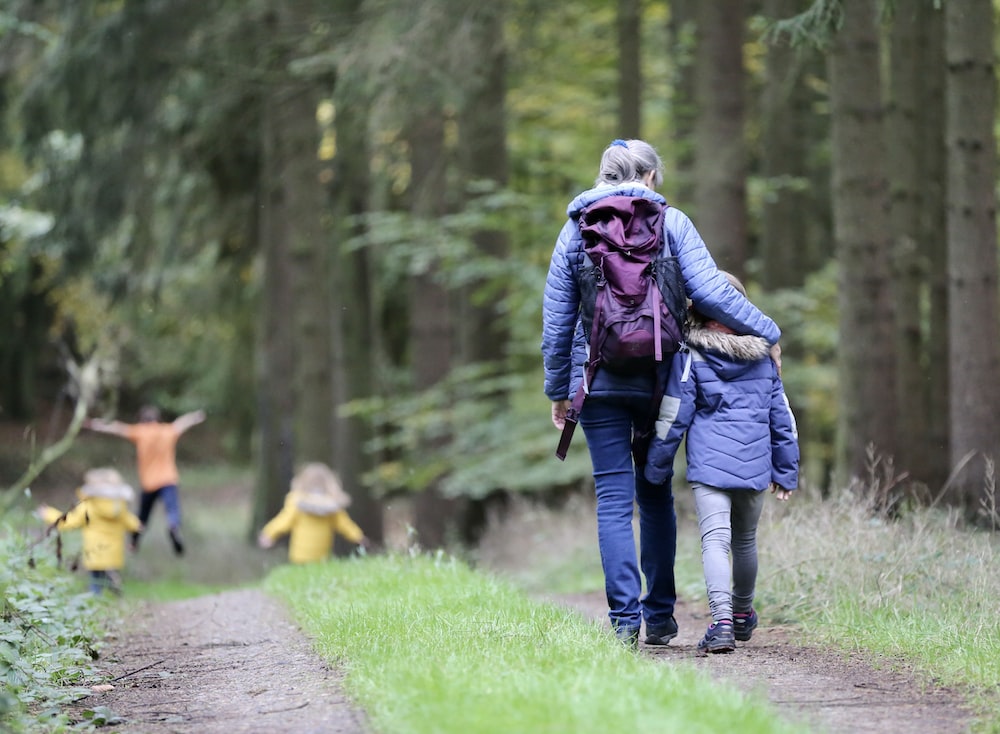
Capturing people in nature adds a human element to your hiking photography and tells a compelling story of the interaction between individuals and their natural surroundings. Whether it’s a fellow hiker, a friend, or even yourself, incorporating people into your nature photographs can create a sense of scale, showcase emotions, and provide a point of connection for viewers. When photographing people in nature, strive for a balance between candid moments and posed shots to capture authentic experiences.
Candid photography is an excellent way to capture genuine emotions and interactions. Encourage your subjects to engage with the surroundings naturally, whether it’s admiring a stunning view, traversing a challenging trail, or simply enjoying a peaceful moment in nature. Candid shots often reflect the true essence of the hiking experience and evoke a sense of spontaneity. Be patient, observant, and ready to capture those fleeting moments that encapsulate the joy and wonder of being outdoors.
On the other hand, posed portraits in nature can also create visually striking images. Experiment with different poses and compositions to create visually appealing photographs. Consider using the environment as a backdrop, incorporating elements such as trees, mountains, or bodies of water to enhance the composition. Pay attention to lighting conditions and utilize natural light to illuminate the subject’s face and convey the desired mood. Encourage your subjects to relax and be themselves, capturing their personalities and connection to nature. Remember, the goal is to showcase the symbiotic relationship between people and the natural world, and through carefully composed portraits, you can capture those captivating moments in a visually compelling way.
6. Editing and Post-Processing
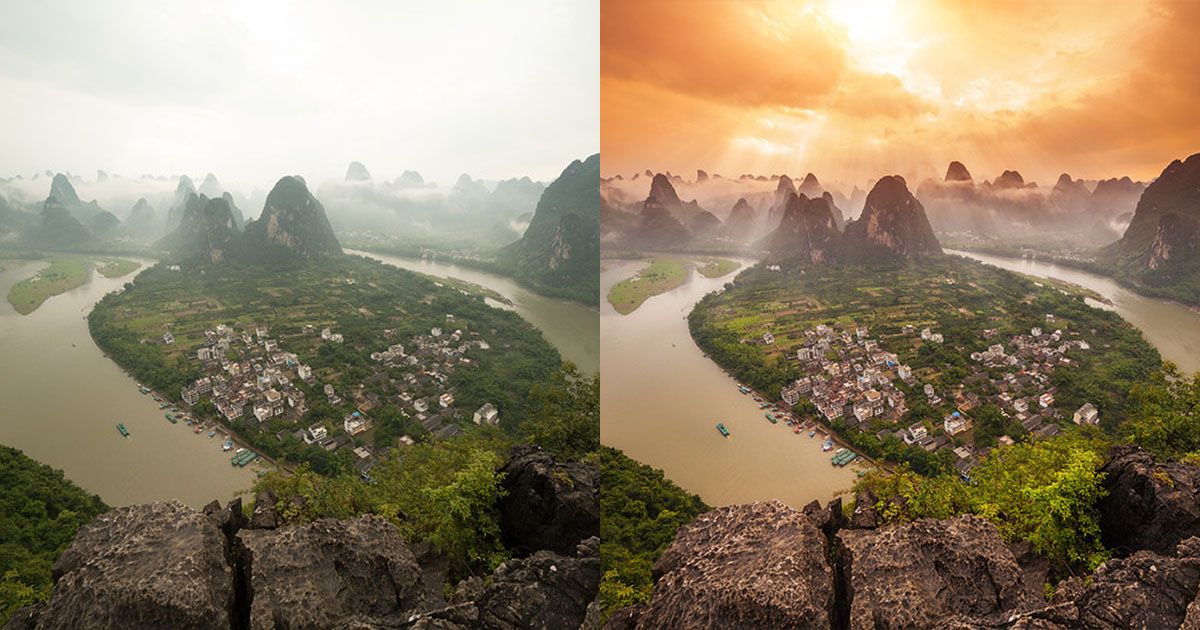
Once you have captured a collection of stunning hiking photographs, the next step is to enhance them through editing and post-processing. Effective editing can elevate your images, bringing out the true beauty and enhancing the visual impact. Begin by organizing your photos and selecting the best ones to work with. Sorting through a large number of images can be time-consuming, but it’s important to be selective and choose the shots that best represent your vision and the story you want to convey.
Basic editing techniques can make a significant difference in the final outcome of your photographs. Start by adjusting the exposure, ensuring that the image is properly balanced with the right amount of brightness and contrast. Correct any white balance issues to accurately represent the colors of the scene. Crop or straighten the image if needed to improve composition and eliminate distractions. Pay attention to details and use selective editing tools to enhance specific areas of the photograph, such as sharpening details, reducing noise, or adjusting saturation levels. However, it’s crucial to strike a balance during editing, preserving the natural look and feel of the image. Avoid overprocessing and excessive manipulation that can result in an unrealistic or artificial appearance. Strive for a result that enhances the beauty of the original scene while remaining authentic to the hiking experience.
7. Sharing and Showcasing

After investing time and effort into capturing stunning hiking photographs, it’s time to share and showcase your work to a wider audience. Sharing your images allows you to inspire others, evoke emotions, and foster a sense of connection through the beauty of nature. When it comes to sharing your hiking photographs, consider the various platforms available to showcase your work. Social media platforms like Instagram, Facebook, and Twitter offer wide reach and engagement with a diverse audience. Utilize hashtags relevant to hiking, nature, and photography to attract like-minded individuals who share your passion. Additionally, consider creating a personal website or blog to curate and display your best work. A dedicated online platform allows you to tell the story behind your photographs, share your experiences, and engage with a more focused audience of photography enthusiasts and fellow hikers.
As you share your hiking photographs, don’t underestimate the power of storytelling. Each photograph has a story to tell, whether it’s the awe-inspiring view from a mountaintop, the serenity of a secluded lake, or the perseverance captured in a challenging hike. Accompany your images with descriptive captions that evoke emotions and provide context. Share the story of your hiking adventure, the challenges faced, and the rewards reaped along the way. Engage with your audience by encouraging them to share their own experiences and thoughts in the comments section. By creating a sense of community and fostering meaningful conversations, you can establish connections with like-minded individuals who appreciate the beauty of nature and the art of photography.
Conclusion
From choosing the right gear and understanding light and composition, to capturing landscapes, wildlife, and people in nature, each element plays a crucial role in creating impactful and visually stunning photographs. Through the power of photography, we have the ability to preserve and share the remarkable moments and landscapes we encounter during our hiking adventures, inspiring others to appreciate and protect the natural world. So, armed with these tips and a spirit of exploration, venture forth into the great outdoors, immerse yourself in nature’s embrace, and let your camera be the conduit that connects you with the beauty of the world. Embrace the art of capturing the beauty, and may your hiking photographs become windows to breathtaking vistas, timeless memories, and a source of inspiration for generations to come. Happy hiking and happy capturing!

